Is your industry boring?
Truth be told, there are topics that challenge even the most creative content marketers.
On one hand, “boring topics” can be a relative thing. A topic I’m an expert in is much easier for me to write about than a topic I’m unfamiliar with.
For example, a CPA (certified public accountant) may find it fun writing about tax returns and filing, but wouldn’t enjoy writing about, say, conversion optimization, if they’ve even heard of it.
If your topic seems boring to you, take heart. One of the reasons why B2B content marketers struggle to produce a variety of engaging content is because they see the topic as boring.
But there’s good news: Since most people in your industry aren’t creating useful content, often because they don’t know how to, boring topics can be a great opportunity for you to dominate your niche with the right content marketing strategy.
Let’s discuss the 4-point approach to writing an interest blog post in a boring industry. Are you ready?
1. Find out what questions your audience is asking.
Ask better questions, get better answers. – Terry J. Fadem
There are lots of ways that you can find out what your audience wants and how to speak their language.
But, the easiest way is to find the questions that your audience is asking and answer them.
Those questions may be boring, but you (the content creator) have a responsibility to make them interesting. The moment you do that, readers will be glued to your post.
Creating interesting blog posts doesn’t depend on your connections, your writing style or your writing tool. Mastering one single skill can help you stand out: asking the right questions.
Al Gore was able to get over 350,000 people to watch his video on The Case for Optimism on Climate Change. He captivates the audience by asking a simple question: “Do we really have to change?”
If you focus on the right questions, you’ll produce the types of content that’ll not only be read by your audience, but served up by Google to search users. Keep in mind that long-form content is favored by Google to target audience demographics.
i). Find the questions that your audience is asking. Questions that begin with “what,” “which,” “who,” “when” and “how” can help you create useful and interesting content for your audience.
There’s no better place to find those questions than Quora.
Let’s assume that your boring topic is insurance. We want to find user questions related to insurance premiums. Here’s how:
First step: Go to Quora. In the search bar above the header, type your primary keyword (e.g., “insurance premium”). Then, hit enter.
Second step: Analyze the questions. Scan the list and pick out the ones that piqued your interest.
Third step: Research the questions. Plug one of the questions into Google AdWords Keyword Planner and look for variations. This will give you some ideas for your content, maybe even a case study.
Fourth step: Craft your title. At this point, you can now craft your title because you’re ready to write the content.
Let’s use one of the search terms above:
Life insurance for over 50
On the surface, this search term is boring. If you’re not careful, you might lose sight of what exactly the reader wants to know.
So, let’s make it better by adding some modifiers to the search term.
Here are fresh and interesting titles:
- Life Insurance for Over 50: The Step-By-Step Guide
- What Does it Take to Qualify for Life Insurance When You’re Over 50 Years Old?
- Life Insurance for People Over 50: The 5 Simple Requirements You Need
How interesting are these titles now?
You can get more questions that your audience members care about from Yahoo! Answers.
Topics related to insurance might be boring to most people. But, with a little creativity, you can make content on those topics go viral.
Here are a few more examples of insurance-related content that went viral and generated thousands of social shares and backlinks.
2. Infuse your personality into the content and edit for brevity.
Your content strategy determines how far you’ll go. If you want to get results from your quality content, you must plan it out. Whether you’re a B2B or B2C marketer, creating high-value content can grow your business.
A content marketing strategy gives you focus on what long-form topics are relevant and what key words help build the marketing around your target audience.
According to the Content Marketing Institute, “44% of B2B marketers rate the use of content marketing to grow leads and revenue as an effective strategy.”
In this age of intense competition, a lack of personality in your marketing will doom your efforts. People want to connect with you – and know you.
And, not just read your content. It’s high time you woo ardent readers and clients with your online personality. It’s not just the Content Marketing Institute coming to this conclusion.
Whenever I visit a store to buy an item and the sales assistants are boring and disinterested, I’ll likely walk away.
But, that’s not all. If I visit a blog and I get zero information about the blogger, author or founder behind the brand, product or service, I’m ‘clicking away’ and taking my precious time elsewhere.
In the same way, if you don’t infuse personality into your content, no one is going to give you their time or take you seriously. This is especially important when you’re dealing with a boring topic or case study.
Joe Pulluzi says it best:
You need to understand that marketing isn’t about what you sell, but what you stand for.
A healthy dose of personality can improve engagement and sales. I know that most people are anonymous on their blogs and still achieved some level of success, but that doesn’t mean they were on the right path.
Personality builds trust with people because they know that a real person who understands them is at the other end. Through personality, it’s no longer a virtual world, but real connections can be made. People buy from people.
With your personality, you’re more prone to meet your audience’s need, respect their values and get them excited about your content.
If you deem your topic boring, then don’t approach it with anonymity or make it more boring. You’ll chase your readers away.
But, you can bring personality into it.
As an example, there is really nothing interesting about creating content to promote a pen. Or, is there?
Well, this brief story will show how a company infused personality into their pen copy and advertising.
See how powerful personality improves a copy? Here’s Rodney Dangerfield endorsing pens. See how the crab held the pen. If social media existed then, this would have gone viral. What does that tell you?
The limbs of a crab are strong. It means the pen is of high quality and long lasting. That’s what I think – what do you think?
There are other ways to bring your personality to a boring topic. According to Ryan Hanley, here are some of the ways to bring the human into the blog post:
- Use sarcasm
- Make pop culture references
- Insert sports analogies
- Point out cliches
- Reference sports (I mention being a Buffalo Bills fan all the time)
- Mention your pets
- Don’t take yourself so seriously (think self-deprecation if your ego can handle it)
Many years ago, Jon Morrow, who is the founder of SmartBlogger, wrote an interesting blog post titled “How to Quit Your Job, Move to Paradise and Get Paid to Change the World.”
He took a topic (blogging) that’s been beaten to death and created a masterpiece out of it. Blogging itself isn’t a boring topic, but it’s almost become a cliche, especially when you see posts like “7 ways to grow a blog.”
Jon’s post was a great example of storytelling in blogging. You could emotionally connect with what he said and with the vision he has for the future in his very personal case study.
Jon told the story of how his life was interrupted by tragedy and the eventual success he achieved by working hard. In his words:
Two months later, I took a one-week trip to scout it out and look for places to live. When I got back, I started selling all of my stuff, packing the rest of it into storage, and saying goodbye to friends. Almost one year to the day after our phone call, I hopped in the car and drove just shy of 3,000 miles to my new beachfront condo in the finest resort in Mazatlan.
It doesn’t matter how boring your topic or industry seems. As a content creator, you can still create content your audience can connect with. Just make sure that you’re writing like a human, not like a robot.
Storytelling is all about connecting the dots. It’s about moving your readers efficiently from Point A to Point B without boring them. Remember, the best content marketing strategy is long-form content, meaning you need to keep readers engaged for 2,000+ words.
3. Use relatable analogies to explain complex concepts.
An analogy compares two things and how they’re related to each other. Relatable analogies can help you explain complex or boring topics and convert boring into engaging, quality content.
Whenever possible, you should start out your piece of content with a bang. This means that your blog post introduction must captivate the audience and draw them into the post.
Analogies make it easier to introduce your content and hook your readers.
At Smart Blogger, the contributors often use analogies to drive their messages home. Some of the long form posts there that evoke emotion and grab the reader’s attention are built on analogies:
- Tweaking your blog’s topic is like tuning an old-fashioned radio.
- Finding time to write is like packing a suitcase.
- Staying in a job you hate is like being a fish that’s suffocating out of water.
- Publishing content over the holiday is like teaching a toddler to swim during a hurricane.
- Reading a blog that’s useful but lacking personality is like shopping at Walmart.
- Blogging before you have an audience is like teaching in an empty classroom.
You too can use analogies to make your boring topic great.
Let’s assume that the topic you want to write about is bad breath. You could use a title such as “5 Reasons Why Getting Rid of Bad Breath is Like Taking a Hot Shower” to draw in readers.
Did you see how I compared two different and unrelated things to produce a benefit-driven and irresistible title? It’s a fun marketing strategy if you do it right.
Don’t be lost or confused about what you should write about or how to begin. You can use an analogy to compare two things and then write freely. Your content will come out stronger and more interesting.
Go back to your buyer persona and think about speaking to them as you start writing your quality content.
Here’s another example of a post where analogy was used to explain a topic:
A here is an old post that was published on LinkedIn Pulse:
4. Give readers little mental breaks.
How much of your content do readers actually read all the way through?
The truth is that anyone can create a blog post, but getting people to read it is much more challenging.
In 2016, Buffer that found our that 55% of readers will leave before reading only 15 seconds of a piece of a long-form article.
If you want your readers to read more of your content, avoid creating an overwhelming experience. Your content has to be easy to read. It doesn’t matter how useful or well-researched it is – if you failed to make it readable, it won’t get read.
It’s always good to give your readers some mental breaks.
So break up your large passages of text into smaller, more easily digestible chunks. That way, readers don’t feel overwhelmed by it. This is a simple content marketing strategy in developing quality content that gets read.
For example, I use big, bold headings on my posts to make it easy for readers to scan and get to the meat of the post.
Heidi Cohen uses bullet points, numbered lists, images and other formatting tools to simplify dense paragraphs and make them look less overwhelming for readers.
Last, but not least, you should also write short sentences. Long sentences overwhelm your target audience. But, shorter ones will keep them engaged and they can still recall the first sentences they read.
Jonah Berger has mastered the art of crafting short, readable sentences. Take a look:
All of these will give your readers mental breaks when they go through your blog posts.
Conclusion
Creating interesting blog posts in a boring industry is easier when you do some serious research. Infusing your personality into a topic that your research shows is wanted is the perfect content cocktail.
Ideally, use different forms of content. For example, if you find that your readers don’t engage with blog posts, you can switch to videos, infographics or podcasts.
Generally, visual content will appeal more to people than plain text, because the human mind processes visual content 60,000X faster than plain text.
If your topic or industry is boring, don’t complain or give up. Research your market and audience extensively, then capitalize on the questions that they’re asking.
For instance, writing about fiberglass swimming pools isn’t generally considered exciting. But Marcus Sheridan changed his mindset, researched his audience’s biggest questions, and created a single blog post that generated $2 million in sales for his business.
Have you written an interesting and valuable blog post in a boring industry before? Share your experience in the comments below.


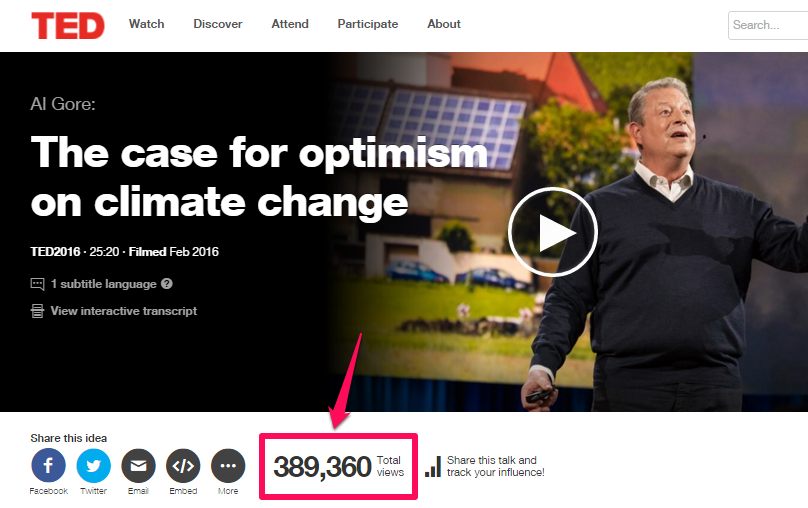


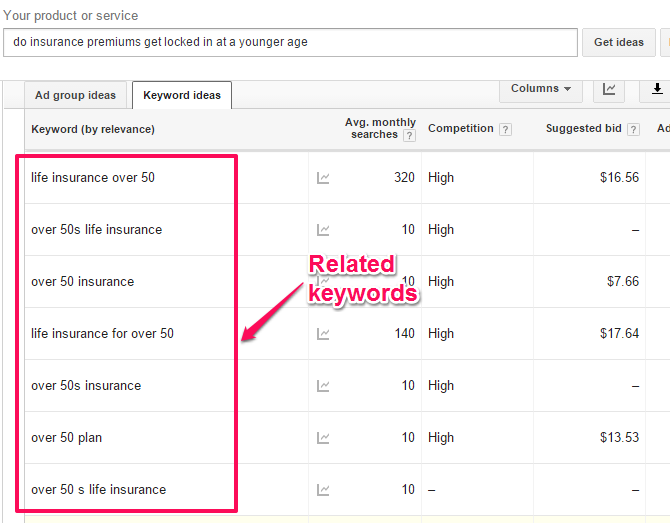
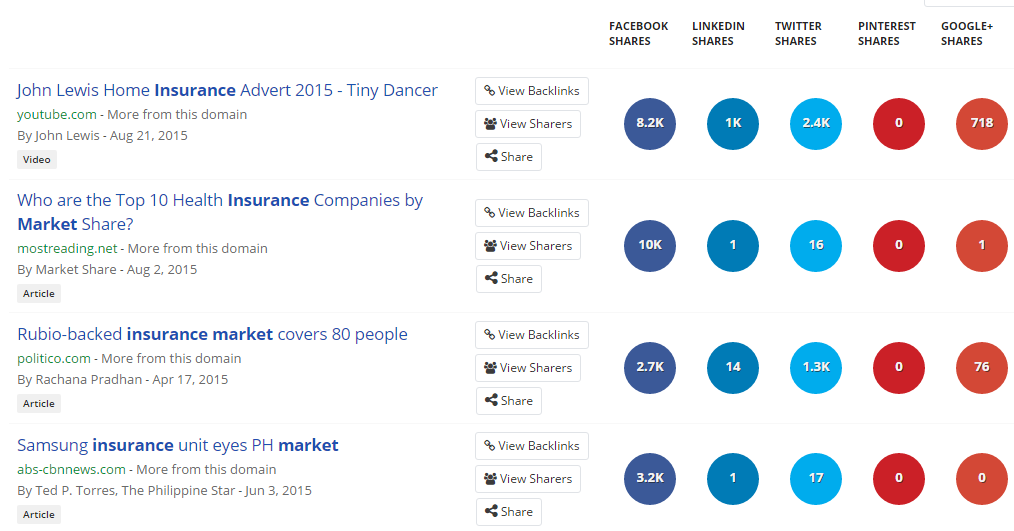


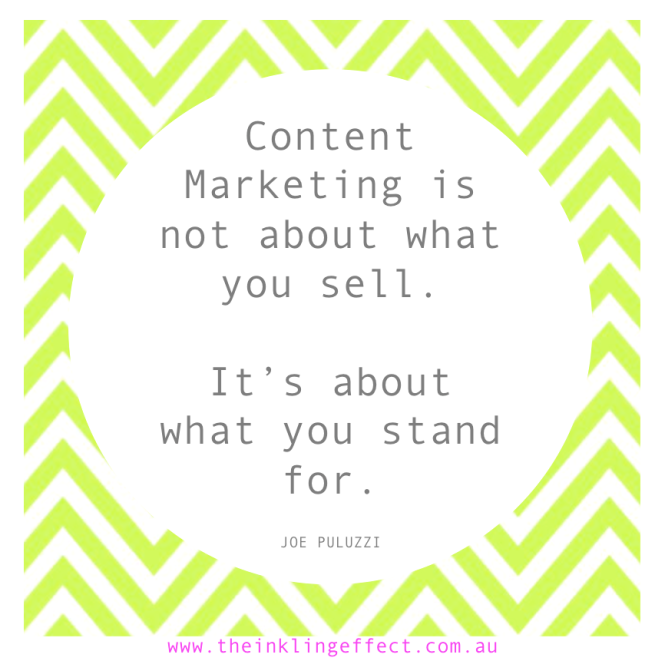
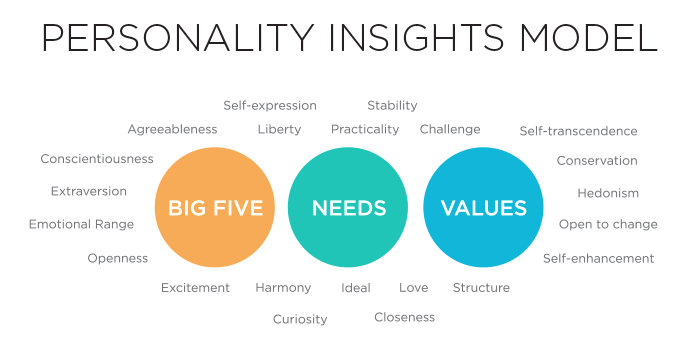

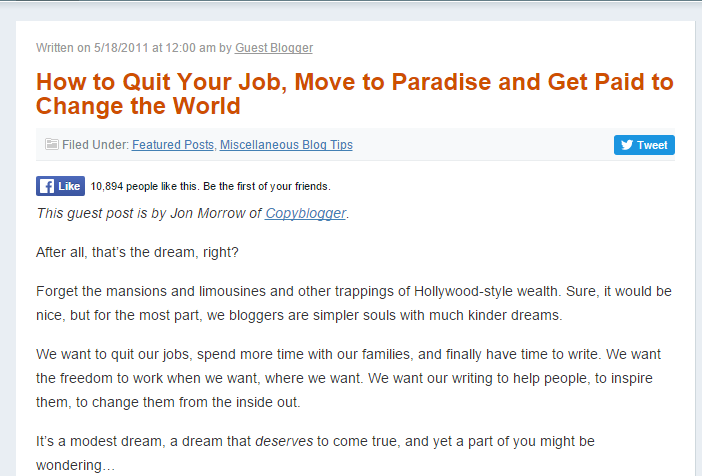

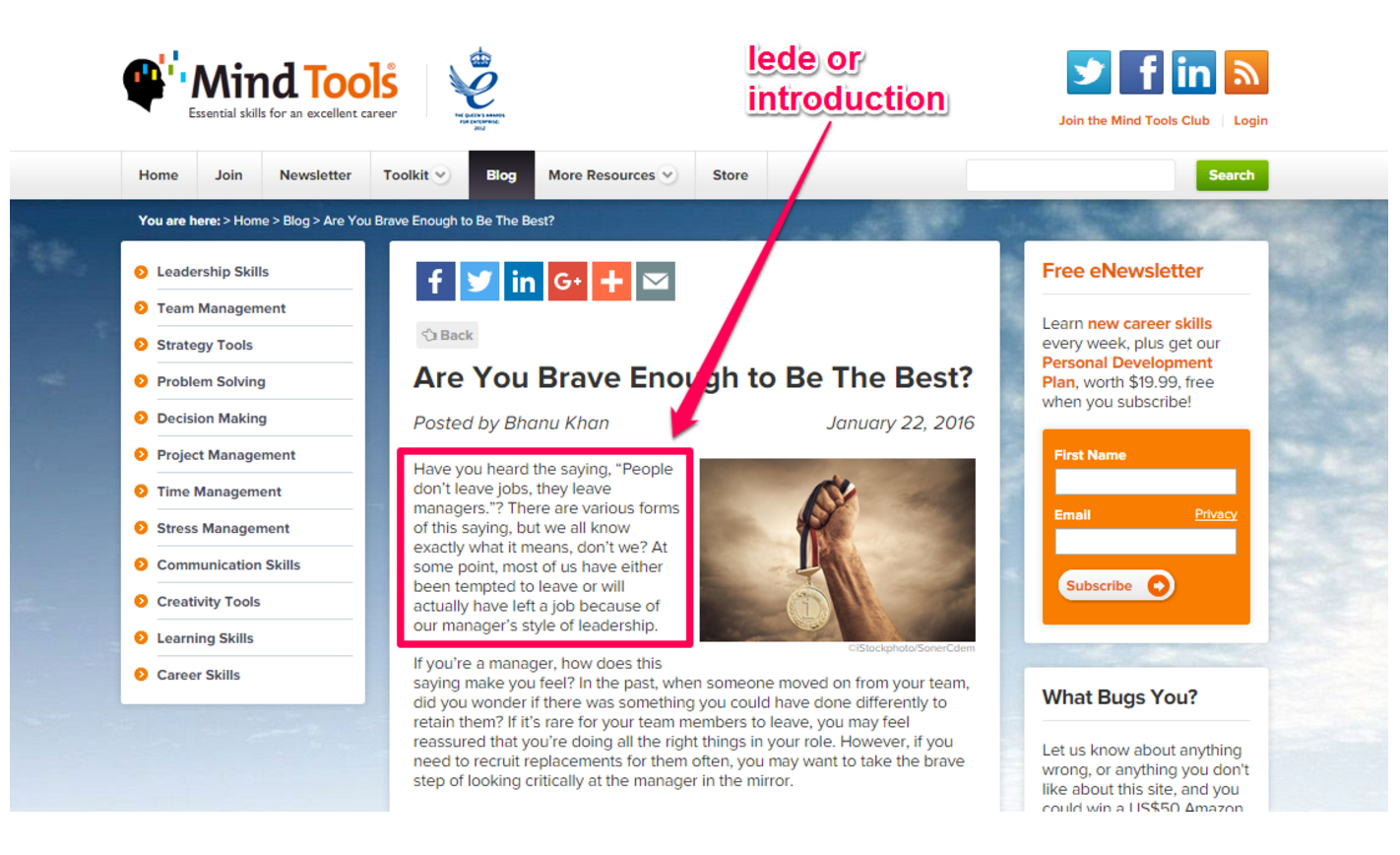
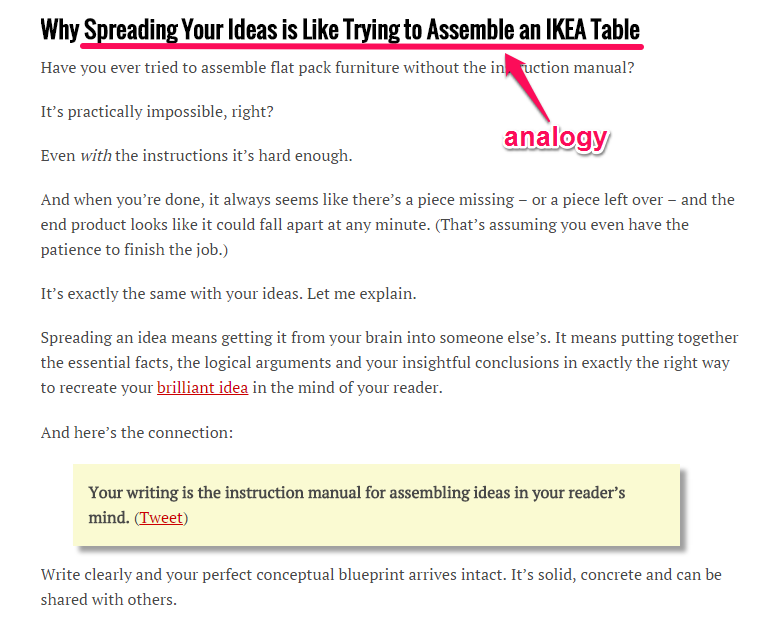

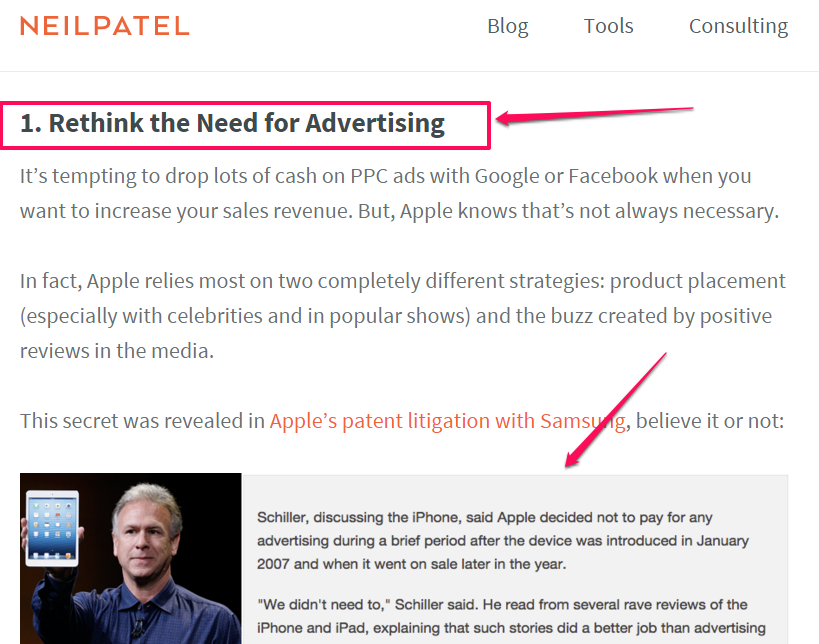

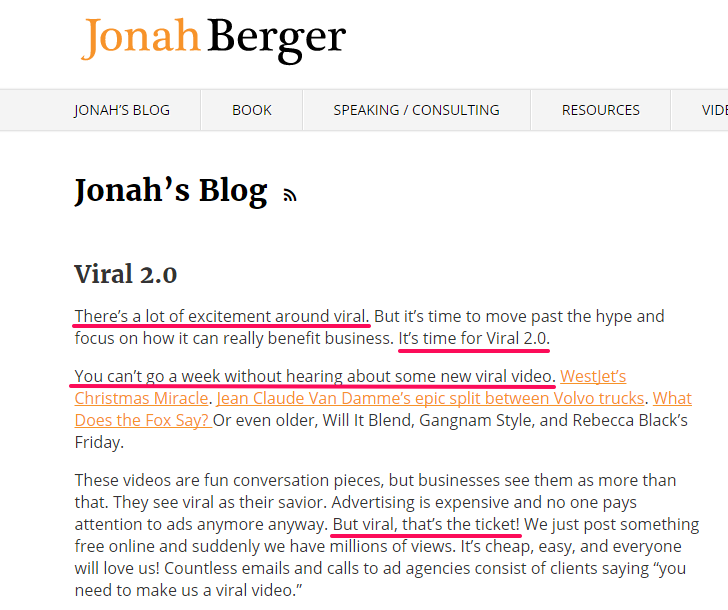
Comments (63)